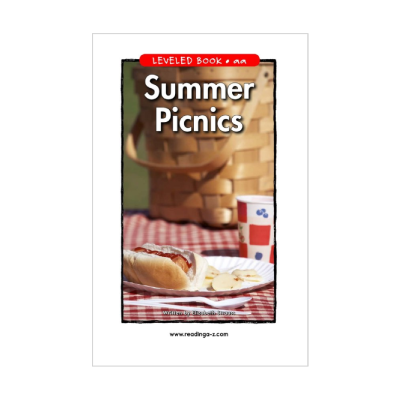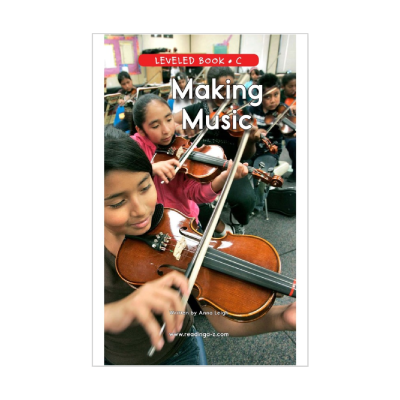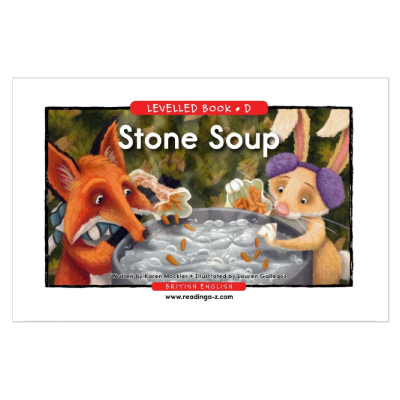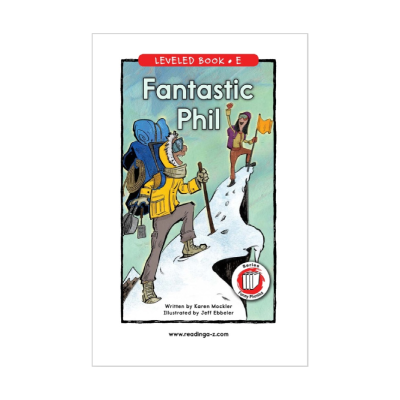Success with regard to literacy involves a delicate balance between two factors: reading motivation and reading engagement.
Reading motivation, on one hand, refers to the connection between the subject matter of the text or the desired outcome of reading. For example, if a student decides that they would like to be a veterinarian when they grow up, they may feel inclined to read a book about a veterinarian or a particular species to get them closer to their goal.
The latter, reading engagement, refers to the student’s involvement in reading as reflected in their behavior, affect, or cognition. Behavioral reading engagement refers to the maintenance of a student’s attention when engaging with reading material, whereas affective engagement refers to effects on students’ emotions reflected in their facial expressions and such. The last type of reading engagement, cognitive engagement, refers to the way students are able to read and process items in a way that enables them to thoroughly and thoughtfully answer a teacher’s questions relating to the referenced text.
As you can imagine, a balance between reading motivation and reading engagement is necessary to both entice students to read and keep them reading, but how can this balance be achieved?
Choosing Children’s Books for Success
In order to both engage and motivate your students, you’ll need to first ask yourself “Is the content students are reading not only meeting the needs of the curriculum, but also of interest to the student?”. It’s so easy for students to lose interest in content when it isn’t personally motivating or interesting to them, making them feel as though reading simply may not be for them. But the secret to achieving and maintaining the delicate balance between reading engagement and reading motivation lies within the content that students are being asked to read. To select the right piece of content, you’ll need to address the following concerns:
- Preferred genre: As your students begin to develop their reading skills, they will develop preferences simultaneously. From fiction to nonfiction and science to social studies, each of your students is different in terms of which genres speak to them, making it more enjoyable to continue reading. Find out which genres of content your students are interested in to incorporate them into your lesson plans and truly implement differentiated instruction.
- Current topics of study: What are your students currently learning in school? If a student is learning about a particular historical event, for example, they may find more relevance in reading a book about that event or time period that motivates them to continue to learn to gain a better understanding, and thus, a better grade in that class. Try to remain aware, in a general sense, of what your students may be learning in their other classes to assist in making their reading assignments more relevant.
- Student goals: All students have different goals outside of the classroom. Some students, for example, are hoping to pursue a certain profession or hobby, and would benefit from reading about those subjects, hence amplifying their motivation for reading. Tune into your students’ goals to see if there is content that can help them along the way while keeping them reading!
To truly understand these aspects about your students, it may be helpful to find tools that address these concerns for you, making it easier to find the best books to cater to their needs and interests.
A Solution to Find the Best Children's Books
We know what you may be thinking: “Easier said than done.” Though understanding the goals and interests of your many students can be overwhelming, there are tools that can help! Raz-Plus, for example, makes gauging student needs and interests a breeze.
Raz-Plus is a comprehensive, blended learning solution that builds foundational reading skills, comprehension, and independent reading by providing over 6,250 books covering a variety of topics and genres. Allowing students to find level-appropriate books by topic, category, and popularity, this solution enables students to save their favorite books, creating a personalized, more engaging experience. To get your students started, here’s a list of the most popular children’s books offered in Raz-Plus by genre.
Nonfiction Children’s Books

Summer Picnics
Level: AA (Grade K), Informational Nonfiction
Summer is a great season for outdoor activities such as picnics. In Summer Picnics, readers learn about all the things people can see while on a picnic during the summer. Strong picture-to-text connections make this an ideal book for emergent readers.

Animals Can Move
Level: B (Grade K), Descriptive Nonfiction
What animal can hop? What animal can fly? This nonfiction book uses factual description to tell some of the ways that animals move. Patterned sentences and photographs guide the reader through each type of movement.

Making Music
Level: C (Grade K), Informational Nonfiction
Have you ever played an instrument? From plucking harps to tapping boards, the book Making Music explores different ways music is made. Diverse, detailed photographs paired with high-frequency words and predictive text support early emergent readers.
Fiction Children’s Books

Stone Soup
Level: D (Grade 1), Folktale Fiction
Fox is poor and hungry, but he has a clever solution to fix his problem. With the help of his many animal friends, he will make Stone Soup! Students will enjoy this classic tale with a cast of delightful characters. Detailed illustrations and high-frequency words support emergent readers.

Fantastic Phil
Level: E (Grade 1), Fantasy Fiction
Fantastic Phil is a man who helps his whole family. How will he help them? This story makes clever use of the ph digraph, colorful illustrations, and repetitive sentence structure to support readers. Use this story to teach students how to analyze a character and recognize verbs.
Engaging Kids’ Books: A Recipe for Success
To set your students up for success, achieving the right balance between reading engagement and reading motivation is essential, but in order to do so, there’s a bit of background work. As an educator, your time is both valuable and limited, so conducting this research for each of the 15 - 20 kids in your classroom may seem impossible. With solutions like Raz-Plus, the work is already done for you! As students enter the system, they’ll be able to save their favorite books and see personalized recommendations similar to what they’ve read, helping them stay engaged and connect with content that motivates them to read more and achieve greater results.
Get Children’s Books and Teaching Resources
Explore a vast library of engaging children’s books and effective teaching resources with Raz-Plus. Experience the difference with a free 14-day trial of Raz-Plus Today!
References:
Barber, Ana Taboada, and Susan Lutz Klauda. “How Reading Motivation and Engagement Enable Reading ...” Sage Journals, 11 Mar. 2020,
https://journals.sagepub.com/doi/full/10.1177/237...


